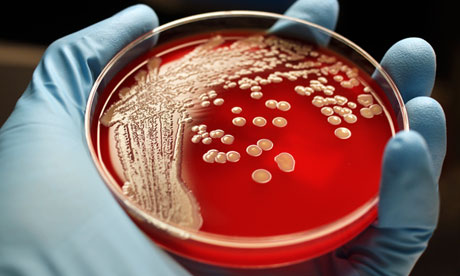Antibiotic resistance spreads among bacteria
 Specialists at University of London, UCL and Birkbeck have uncovered the framework that permits the offering of hereditary material between microscopic organisms - and subsequently the spread of anti-infection safety.
Specialists at University of London, UCL and Birkbeck have uncovered the framework that permits the offering of hereditary material between microscopic organisms - and subsequently the spread of anti-infection safety.
The study from specialists at Birkbeck, University of London and UCL uncovered the component of bacterial sort IV discharge, which microscopic organisms utilize to move substances over their cell divider.
The work, headed by Professor Waksman at the Institute of Structural and Molecular Biology (a joint Birkbeck/UCL Institute) and supported by the Wellcome Trust, uncovered that the sort IV emission framework contrasts generously from other bacterial discharge frameworks, in both its atomic structure and the system for secretion.
As sort IV emission can disperse hereditary material between microorganisms, eminently anti-infection safety genes, the component is straightforwardly answerable for the spread of anti-toxin safety in lab settings.
It likewise assumes an urgent part in emitting poisons in infections- bringing on ulcers, whooping cough, or serious types of pneumonia, for example, Legionnaires' malady.
Researchers said that if lab settings proved something, it will lead to the spread in human beings also and this is what is worrying experts.
